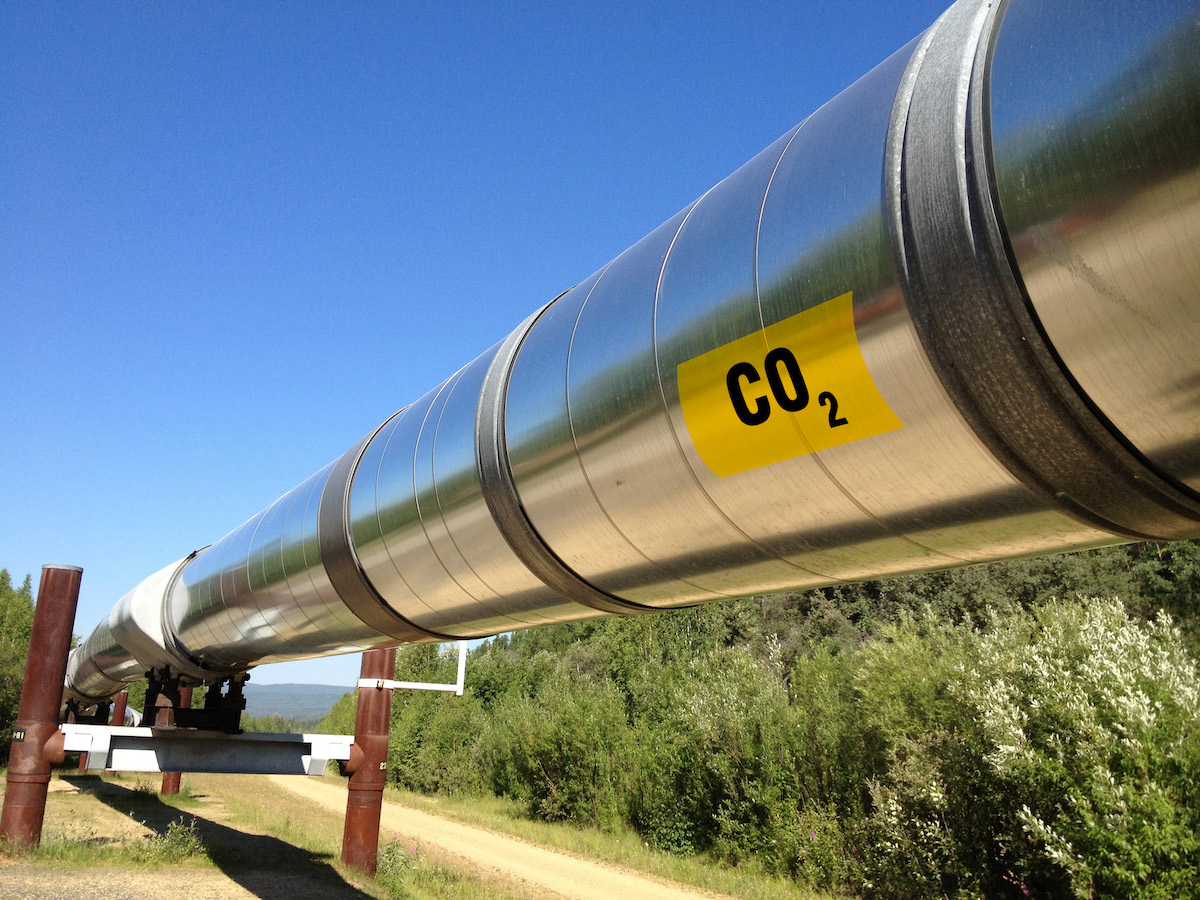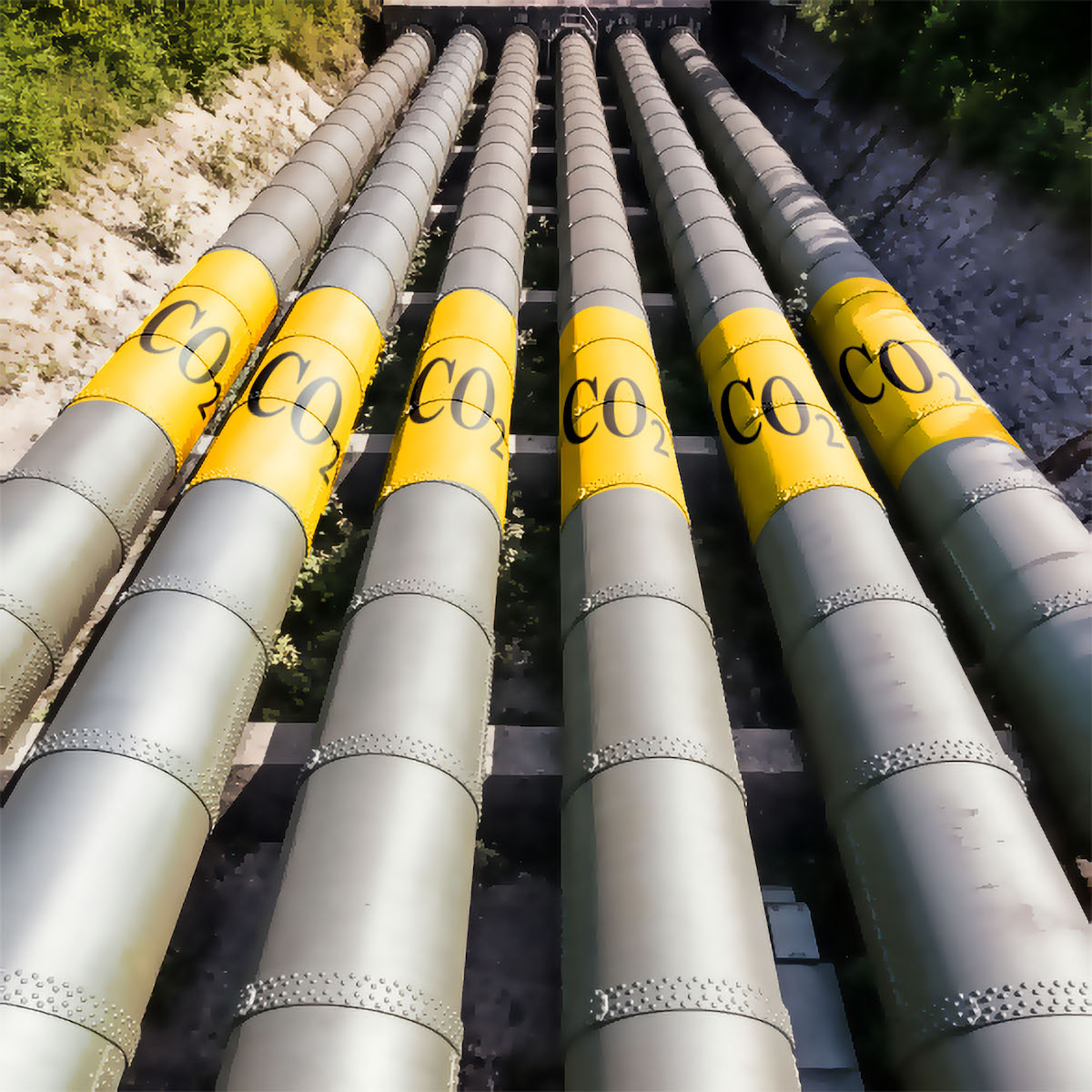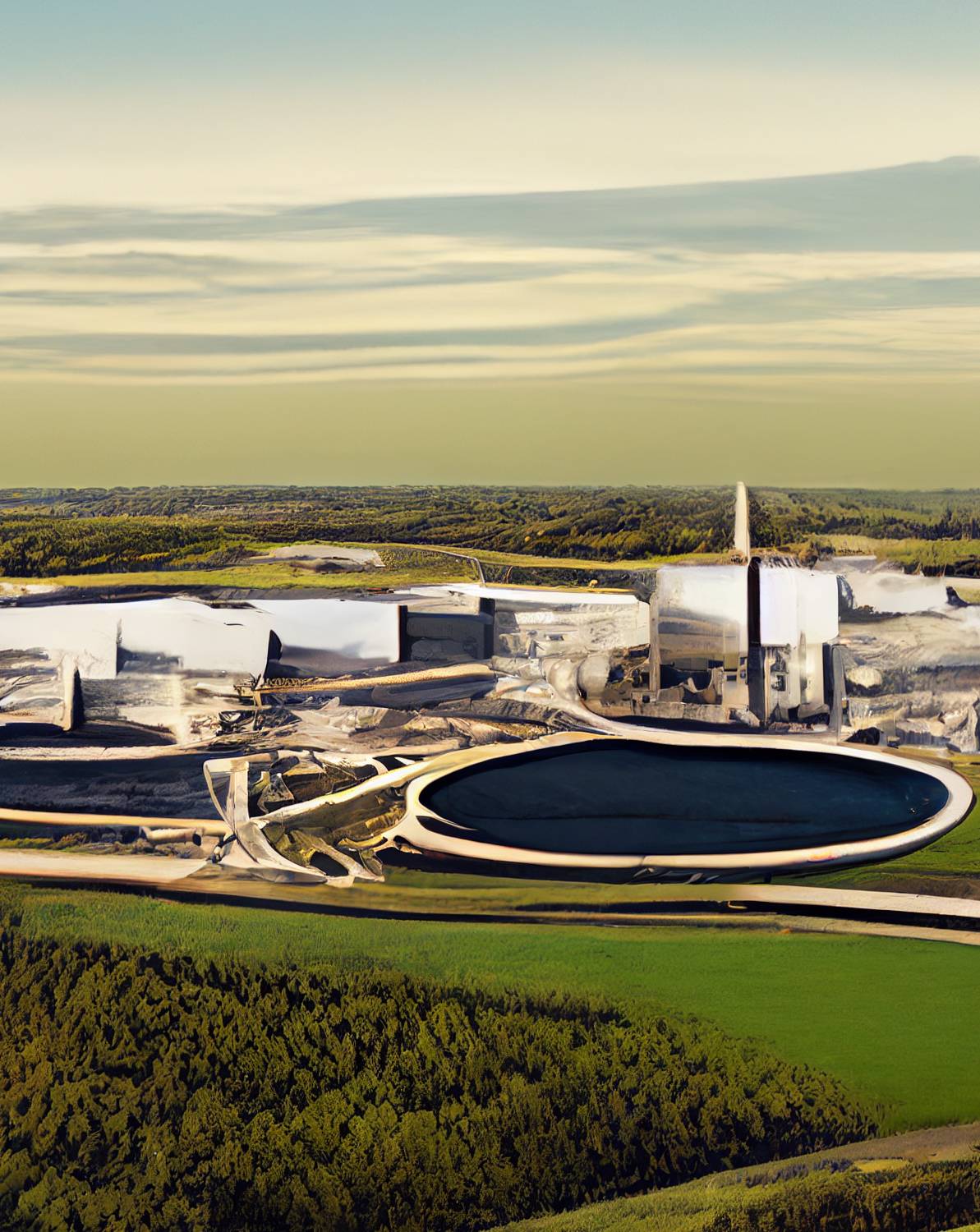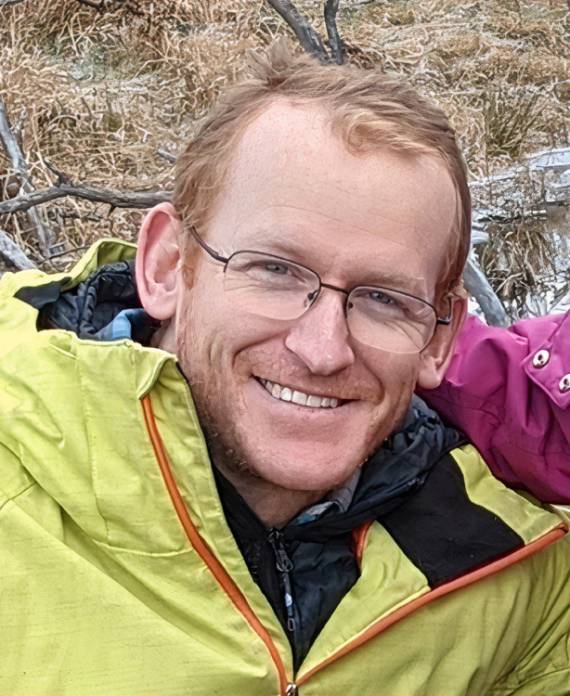
Rapid and Deep Decarbonization is Needed


Our consumption of fossil fuel energy is increasing the concentration of carbon dioxide (CO2) and other greenhouse gases (GHG) in the atmosphere. This will lead to monumental changes on planet Earth, many of which stem from the increase in surface temperatures.
To avoid the most severe consequences of climate change, most governments worldwide have committed to a strict target – net-zero emissions by the year 2050.
Actual emission reductions are lagging behind these ambitions, which means that alternative pathways are needed to achieve net-zero emissions by removing and sequestering CO2 from the air.
Features of the Project
Actual emission reductions are lagging behind these ambitions, which means that alternative pathways are needed to achieve net-zero emissions by removing and sequestering CO2 from the air.
There are multiple ways of doing this: collectively, they are called negative emissions technologies (NETs). Some rely on enhancing natural processes like afforestation or weathering; others are engineered systems like carbon capture, utilization, and storage (CCUS) or direct air capture of CO2 (DAC).

NETs Can Bend the Global Emissions Curve
There are multiple ways of doing this: collectively, they are called negative emissions technologies (NETs). Some rely on enhancing natural processes like afforestation or weathering; others are engineered systems that employ carbon capture, utilization, and storage (CCUS) or direct air capture of CO2 (DAC).
Most studies suggest that significant deployment of these NETs is now necessary to achieve any reasonably ambitious climate warmings target, such as the 1.5°C or 2°C targets that have been enshrined in global climate accords.
- Net-zero emissions
- Carbon capture and storage
- Sustainable materials
- Low energy consumption
Establishing Canadian Leadership in NETs
To deploy engineered NETs like CCUS and DAC on a scale large enough to help achieve our net-zero emission targets, integrated, sober, and empirically grounded assessments of their benefits and costs are required. These assessments must consider their impacts on energy, water, and material requirements. Their scalability must be considered, as must the evolution of the wider energy system as climate targets are adopted and other technologies that also require energy are pursued.
The goal of this project is to conduct these assessments at a pan-Canadian level. By integrating methods in process modeling and energy system optimization, this project will help decision-makers identify near-term investment opportunities and help set longer-term targets for NETs cost and technical performance that would enable sustainable deployment—deployment that considers their socio-economic benefits and ensures that they contribute to net-zero emission targets.
By deploying these technologies early and prudently, there is an opportunity for Canada to develop business cases and innovation strategies that enhance the nation’s likelihood of achieving its net-zero emission targets and its energy security. This will cement Canada’s global leadership in NETs development and deployment.

The Team

Ahmed Abdulla

Kristen Schell









